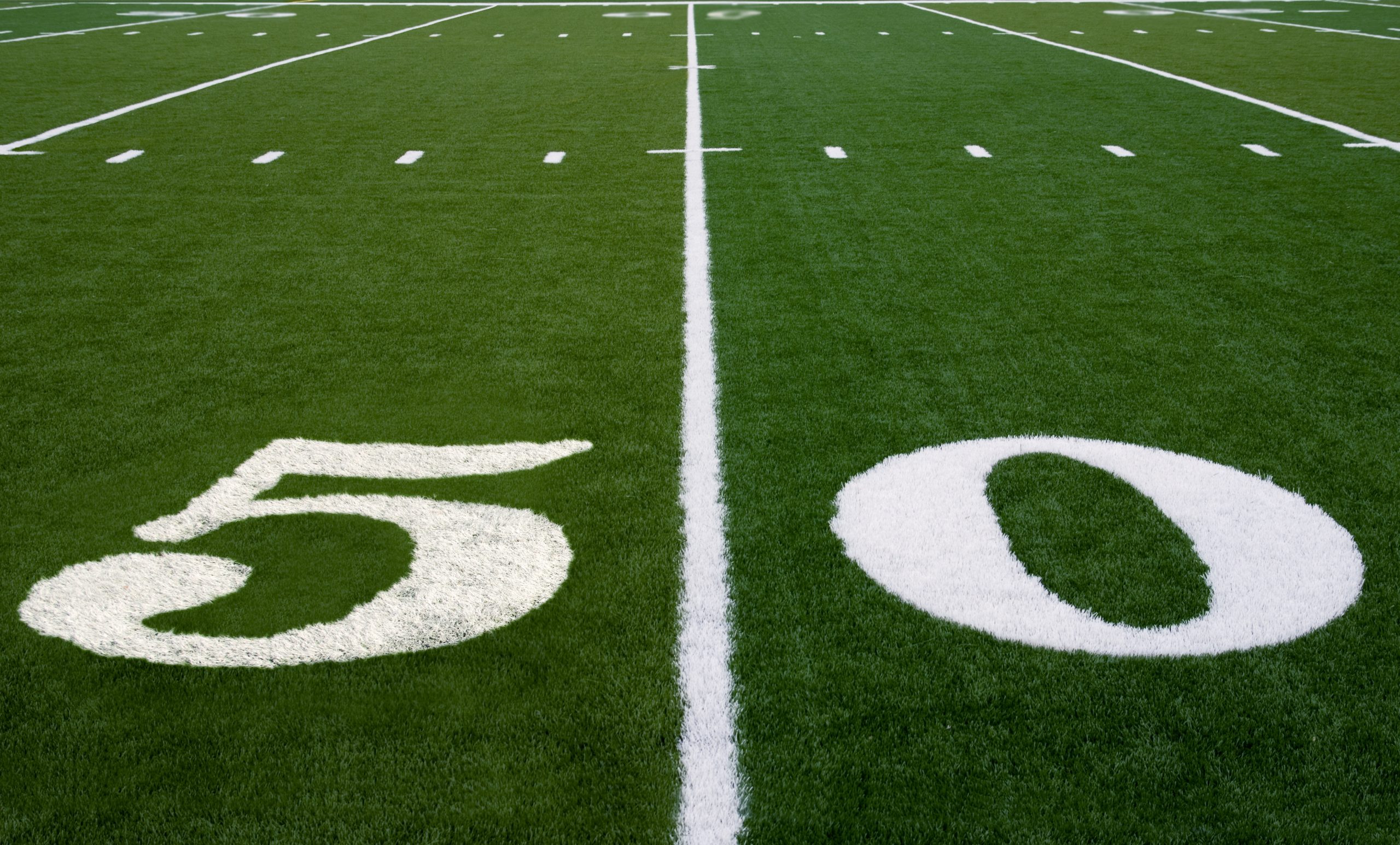Only one team in the NFL has recovered from two 17+ point deficits this season to win. That team is your Seattle Seahawks. Only two other teams have had a single comeback of that magnitude this year. Indianapolis just did it to Houston, and Houston did it to San Diego earlier in the year. Seventeen points is a sizable hole to dig out of, but Seattle has managed to take the lead in each of the last three games they fell behind by that margin, dating back to the Atlanta playoff loss last season. The week prior, they recovered from a 14-point deficit to win the game. In fact, since Russell Wilson joined the Seahawks last year, no team in the NFL has come back from deficits of 14+ points more often than the Seahawks.
One might guess the Seahawks mount these massive comebacks by shelving their rushing attack, and letting Wilson take to the air. Of the 54 plays Seattle has run in the past two years when trailing by 14 points or more, exactly half of them have been runs and half of them have been passes. Compare that to Indianapolis, who in 71 plays of the same criteria, passed the ball 56 times to only 15 runs. That does not mean Wilson is less or a reason for these comebacks. He raises his game with a sterling 124.3 passer rating when facing this monumental deficits. But it does beg the question: if Seattle is not following the typical script by passing to gain ground when trailing, how are they doing it?
Pete Carroll has attempted to assemble the most efficient team in football. For much of this season, and nearly all of 2012, the Seahawks were the only team in the NFL to rank in the top ten in offense, defense and special teams of Football Outsiders DVOA stat that measures efficiency relative to competition. What does that mean in layman’s terms? Seattle squeezes the most out of their plays on offense and special teams, and makes their opponents work really hard on their plays versus the Seahawks defense and special teams.
This focus on efficiency lends itself to comebacks in ways that are more subtle than the no-huddle spread offense. No game was a better example of this than the most recent win over the Bucs. Seattle trailed 21-0, and lost the turnover battle 3-0, but still managed to win the game by applying “The Seahawks Sleeper Hold.” They dialed up their yards per play on offense from 5.4 in the first half (which included 3.5 yards per attempt for Wilson passing) to 7.4 yards per play (and 10.5 YPA) in the second half. The Seahawks defense dropped Tampa Bay’s yards per play from 6.2 to 4.5 after halftime, and special teams added in a 71-yard punt return and solid kick coverage. All this added up to a noose slowly tightening around the Buccaneers’ necks.
When Seattle staged their comeback against the Texans, it was primarily rooted in a defense that did not allow Houston to score after halftime allowing the offense to work its way back into the game. Versus Tampa, it was the offense that did not punt after scoring their first touchdown late in the first half. They wound up scoring on five of their final six possessions (not including running out the clock before overtime), and the one time they did not score was an interception from the 1-yard line.
Uninformed league observers will tell you Seattle’s offense lacks playmakers. Those non-playmakers accounted for a season-high 14 explosive plays this past Sunday. Denver (55) and New Orleans (53) have less than 10 more explosive passes on the season than the Seahawks (46) despite hundreds more pass attempts. Efficient. No team has more explosive runs on the year than Seattle (34). The Seahawks defense is fourth in the NFL in limiting opponent explosive passes, and was near the top until recently in limiting explosive runs. They have yielded 10 explosive runs in the last two weeks after allowing 10 in the previous six weeks combined.
When the sleeper hold is applied, it can be used to create distance, not just close it. That is what happened at the end of last season when Seattle was scoring nearly every possession on offense, and suffocating opponents on defense to the tune of an average score of 42.5-10.8 over their final four games of the regular season.
Even when the machine is not running on all cylinders, it allows the Seahawks to keep within arm’s reach. The Seahawks have not lost by more than a touchdown in 35 straight games, including the playoffs.
Seattle is not Denver or New Orleans on offense, but scoring is only one element in a colossal comeback. Carroll’s Seahawks are designed to find a traction point in any phase of the game that can propel them in a productive direction. Falling behind to the likes of Tampa Bay is nothing to be proud of, but this team’s ability to make the most of the ticks left on the clock cannot be overstated. Seahawks opponents would be wise to keep adding points, because no lead is safe against this club.
